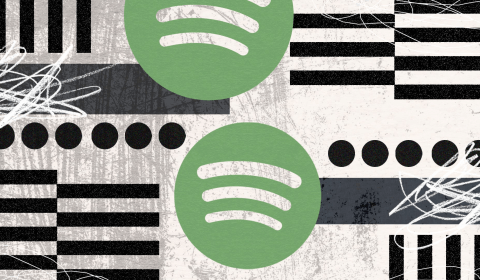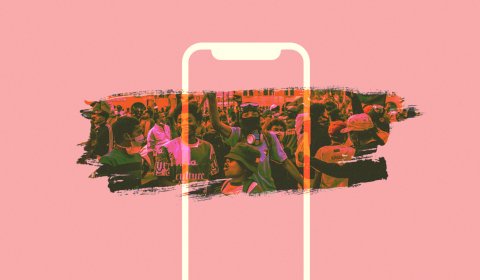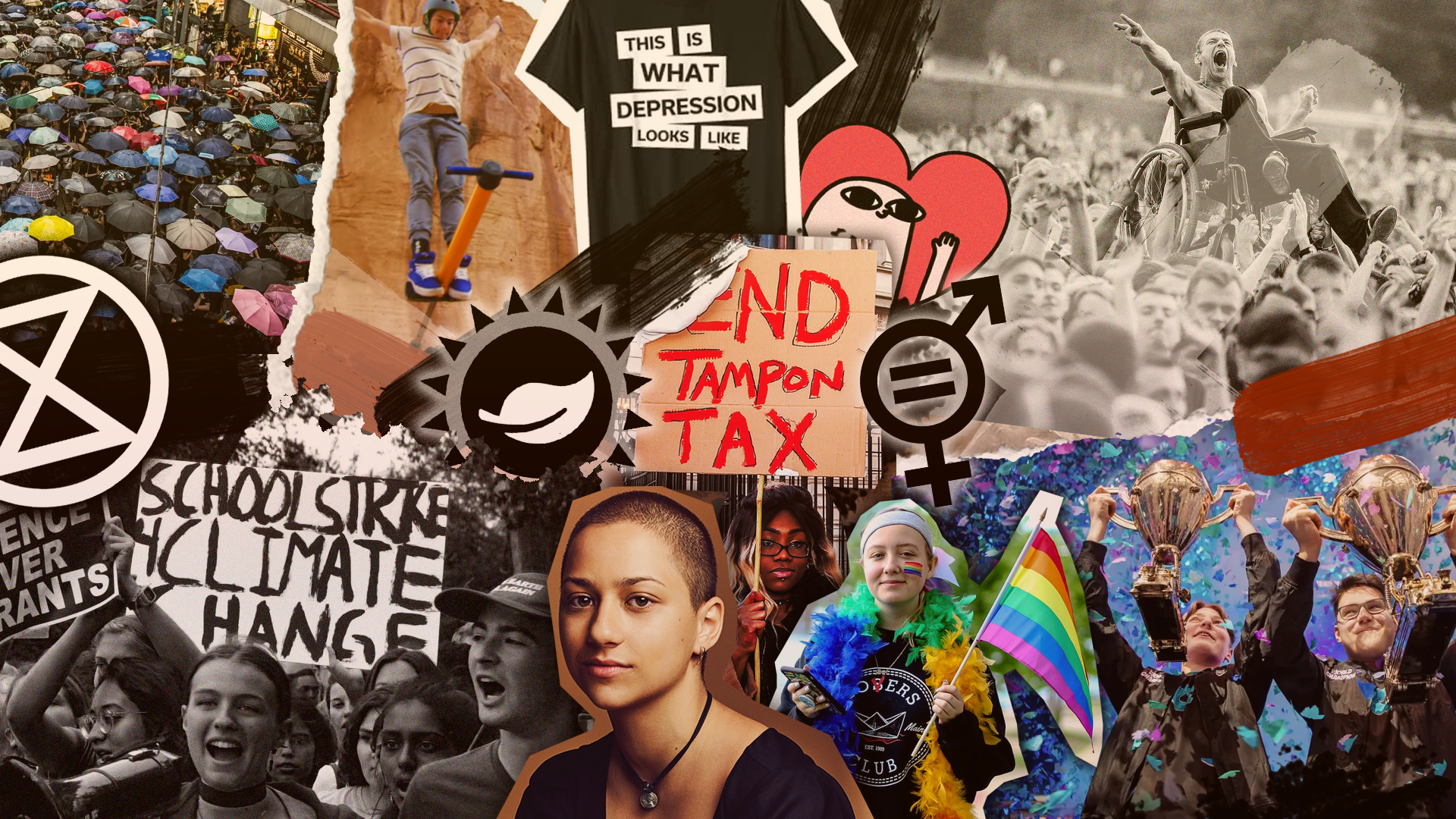Research shows that Gen Z is avoiding traditional news due to an innate scepticism for the institutions delivering it. They also see the constant stream of negative content as being at loggerheads with a need to maintain good mental health. Legacy media is panicking, and rightly so.
Blissful ignorance or doomscroll-induced anxiety? Pick your poison.
Given how bleak a daily peruse through mainstream news has become, it genuinely feels like these are the only viable options.
When it comes to Gen Z, they’re a generation who feel personally connected to issues like climate change, though they’ve played no significant part in bringing us to the ecological tipping point we find ourselves at.
An innate sense of responsibility to find solutions doesn’t match up with the oppressive rhetoric constantly portrayed by the mainstream media, either.
Taking a picket sign to a climate march or cleaning out jam jars feel like a drop in the ocean after one glance at the BBC homepage. Trump’s face is plastered everywhere, decrying climate change even exists while spouting rash plans to ‘drill baby drill.’ This is just one example of the sort of dread we’re presented with every day.
The gloomy rhetoric of mainstream headlines makes us feel powerless to influence, much less control, basically everything – whether its cost of living, geopolitical tensions, horrendous war crimes, youth violence, or the threat of terrorism.
Simply put, it feels like we’re gluttons for punishment, consuming constant updates that send us spiralling into despondence. But people, more specifically young people, have had enough of this routine. Global statistics show that 39% of us now avoid news in some capacity, which represents a 10% spike in less than a decade.
This exodus is largely carried by Gen Z, who are choosing to consume news from alternative avenues such as social media, and you’d best believe traditional news outlets have noticed.
The magic word in the hallowed halls of traditional news is curation. Mimicking the MO of popular platforms like Substack (oi oi), while clearly wanting to play into young people’s twitchy attention spans, the old school are pivoting to neatly packaged newsletters over hefty, formal bulletins.
A new emphasis on video podcasts is also focusing on fleshing out single subjects in more detail. The thinking being that giving ‘unbiased’ guests the floor to chat will circumvent any scepticism or reservations young viewers have about the broadcaster itself.
And therein lies another major obstacle for legacy media: a complete lack of trust.
Gen Z’s preference for user generated content over mainstream film and TV is arguably even more pronounced when it comes to consuming news. They’re clued up on where news entities get their funding, what the political affiliation of their higher-ups are, and what vested interests they may have in pushing stories from a certain angle.
Traditional news seems to think the decline in engagement is a problem of a practical nature, and that by solving the riddle of social media algorithms, they can begin to really push content through avenues like TikTok – like that would really be well received by young people.
Above all, young people want to trust the content they’re engaging with. The previous lore of ‘celebrity’ as a concept is now tenuous and insignificant, as Gen Zers and Xers give their time and attention to content creators they trust and see shared values in.
By contrast, they’re also seeing some of the actors and musicians they grew up idolising as deeply flawed. Being unapologetically authentic isn’t always the answer. Just look at Mr West.
It’s not just legacy media pillars like news broadcasters or cable networks who’re feeling the strain, either. Video streaming giants can’t hold a candle to the influence independent creators have over young people.
The truth is, tapping into young audiences on the same scale isn’t a problem to be solved by legacy media. Netflix can offer all the games it wants, the BBC can create an entire AI department centred on personalised news targeting (yes, really), but what we’re seeing is simply a sign of the times.
Cliché is that may sound, young people have their eyes and wallets elsewhere.
See also:




















